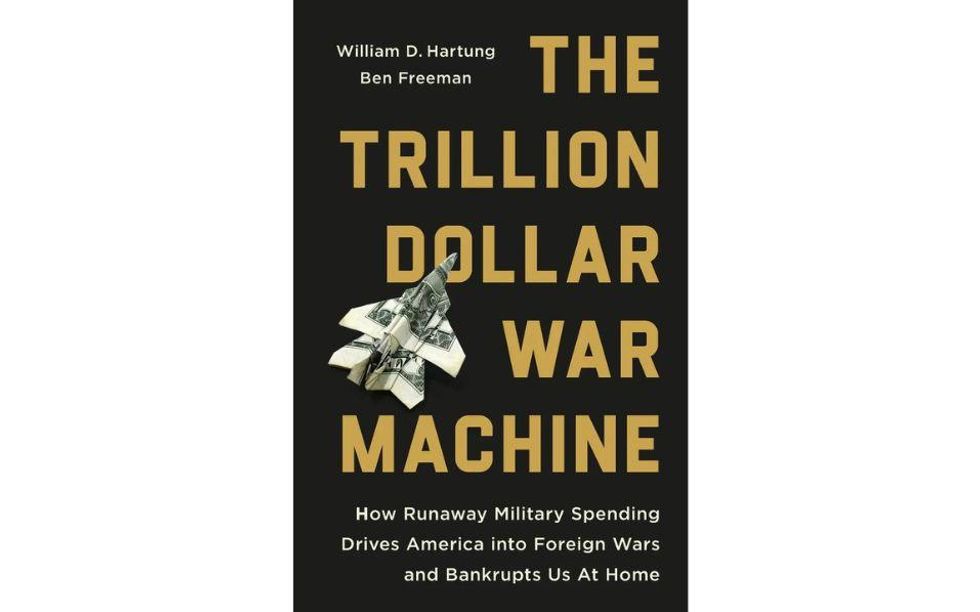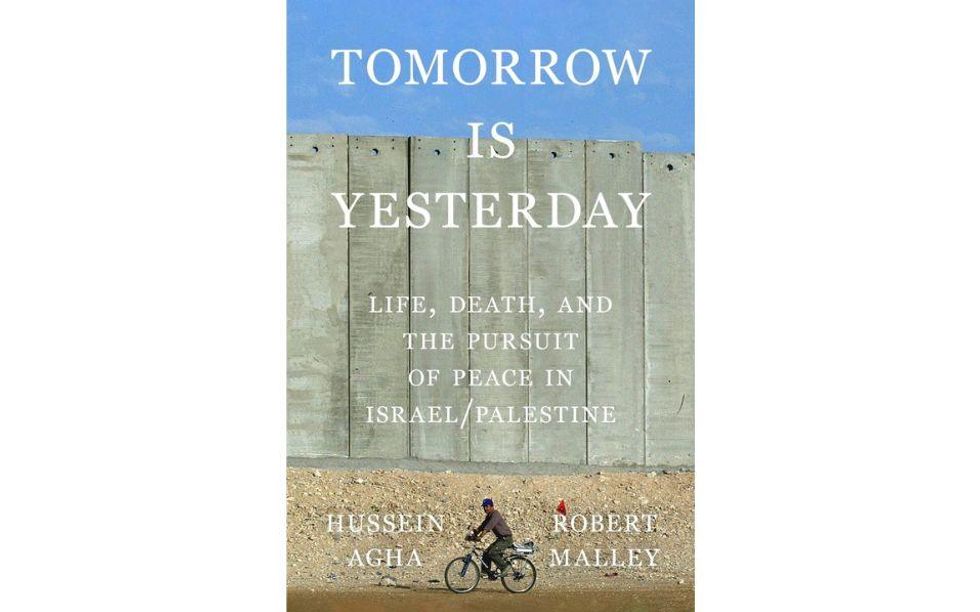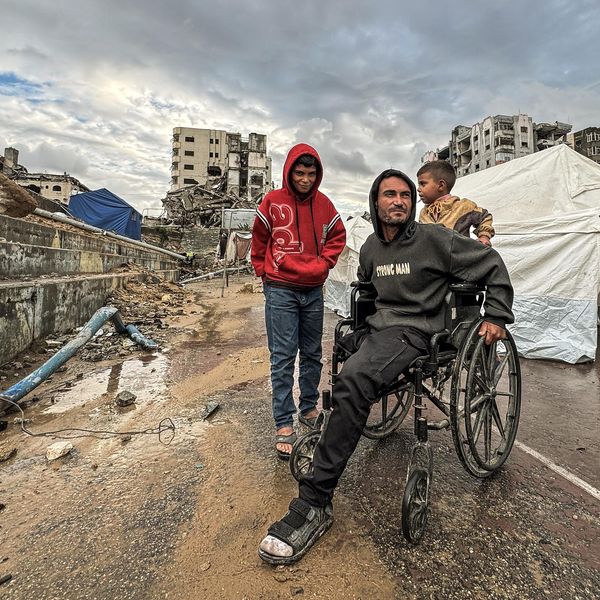Last month marked six years since a Saudi-led coalition launched a military intervention in Yemen, named “Operation Decisive Storm.” Yet the kingdom and its coalition partners have achieved nothing decisive in Yemen, beyond further strengthening the Houthis.
The primary objective of the campaign, which was planned to last mere weeks, was to force the retreat of the Houthis from the Yemeni capital of Sana’a which they had seized in September 2014. Then — or so the plan was — Yemen’s internationally recognized government (IRG) would be restored to some semblance of power. Yet, rather than weakening the Houthis, the Saudi-intervention in Yemen has strengthened the Houthis politically and militarily. At the same time, the Houthis’ relationship with Iran, which was once minimal, has deepened.
As is most often the case with armed interventions, Operation Decisive Storm established dangerous feedback loops that only non-kinetic approaches to the war will disrupt. The UAE has recognized the need for new approaches and is recalibrating its policies in Yemen and the broader region. The UAE withdrew most of its armed forces from Yemen in 2019 and has reduced its overt involvement in Yemen, even though it still remains deeply involved in southern Yemen.
Saudi Arabia should, like the UAE, take a more realistic approach to achieving its aims in Yemen. The kingdom possesses both the means and institutional knowledge to alter many of the feedback loops that its own intervention and past policies set in motion. Before its 2015 intervention, Saudi Arabia’s primary concerns in Yemen were border security and ensuring that a populous and relatively democratic Yemen posed no broader threat. For nearly fifty years, Saudi Arabia largely achieved these aims — often at the cost of Yemeni interests—by pursuing a subtle, contextualized, and inexpensive approach to dealing with Yemen.
If Saudi Arabia wants to extricate itself from the Yemeni quagmire, it must replace military intervention with renewed and revised diplomatic and economic engagement with a spectrum of Yemeni stakeholders. By continuing its current armed intervention, Saudi Arabia risks ensuring that the problems that it faces in Yemen become ever-more intractable.
Chief among such problems is the Houthis’ development, with Iranian technical help, of a range of drones, rockets, and missiles. In response to Saudi Arabia’s continuing aerial attacks on Houthi controlled areas of Yemen, the Houthis have used primarily indigenously produced armed drones, rockets, and missiles to strike targets within Saudi Arabia. The Houthis have also proven themselves equally adept at carrying out cross-border attacks deep within Saudi territory — often using hand-launched surveillance drones to direct their fighters around obstacles and toward targets.
While Iran has played a role in the Houthis’ drone, rocket, and missile programs, the Houthis themselves have driven much of the innovation. When the Houthis took over most of northwest Yemen in 2014-15, they absorbed many of the Yemeni Army’s and Air Force’s most capable engineers and officers. These individuals, many of whom were educated and trained abroad, were accustomed to maintaining relatively complex weapons systems with limited spare parts and budgets. A spirit of improvisation and forced ingenuity infused the efforts led by those officers and NCOs charged with maintaining Yemen’s weapons systems.
The Saudi-led intervention supercharged the Houthis’ efforts to develop weapons capable of striking Saudi targets — even if only in a symbolic manner. In a striking example of what MIT Professor Eric von Hippel calls the “democratization of innovation,” the Houthis — and, by extension, their primary backer Iran — benefited from easy access to technical assistance via the internet, 3D printing, and easily obtainable advanced computer software. This, combined with a solid knowledge base, extant weapons systems, caches of parts, and components smuggled from Iran, allowed the Houthis to build up an array of weapons that amplify the asymmetric tactics they employ. At the same time, the individuals building and using the weapons continuously refine their designs by incorporating real-time feedback from failed and successful attacks.
The Houthis are militarily nimble. Like all guerrilla groups, they have had to be in order to survive. The Houthis fought six wars with the Yemeni Army from 2004-2010 and largely prevailed. Saudi Arabia’s military has neither adapted nor evolved in ways that allow it to combat the Houthis. The Houthis consistently show that they are able to get inside the Saudi military’s Boydian OODA (observe, orient, decide, act) loop. This is unlikely to change given the Houthis’ ability to leverage the fact that they are fighting on home ground. The inexpensive and increasingly sophisticated drones and rockets that the Houthis deploy further enhance their advantages as a lean, fast moving, and adaptable military organization.
Six years of war have shown that neither Saudi Arabia (with American support) nor the UAE and their proxies can militarily defeat the Houthis. Instead, armed intervention only drives the Houthis to further excel at what they are best at: fighting. The Biden administration seems to understand this and is carefully applying pressure on the kingdom to try different approaches to de-escalating the war in Yemen. The U.S. should help Saudi Arabia help itself. There are many within the Saudi government who have the experience, and, most importantly, the relationships with Yemeni elites that are required to help stabilize Yemen and end the cycles of violence.
If Saudi Arabia were to return to the kind of policy it once employed in Yemen, the kingdom could slowly regain some of the influence it once wielded. While former Saudi policies in Yemen were self-serving, they were superior to the current reliance on armed struggle. As major regional powers, Saudi Arabia and the UAE both have roles to play in any future Yemen. However, these roles depend on recognizing that the Houthis will also have a role, and an important one at that. An inability to recognize this and a failure to shift from war-making to peace-making will ensure that cycles of violence and deadly innovation on the part of the Houthis will continue with evermore grave consequences for Yemen and the region.
























